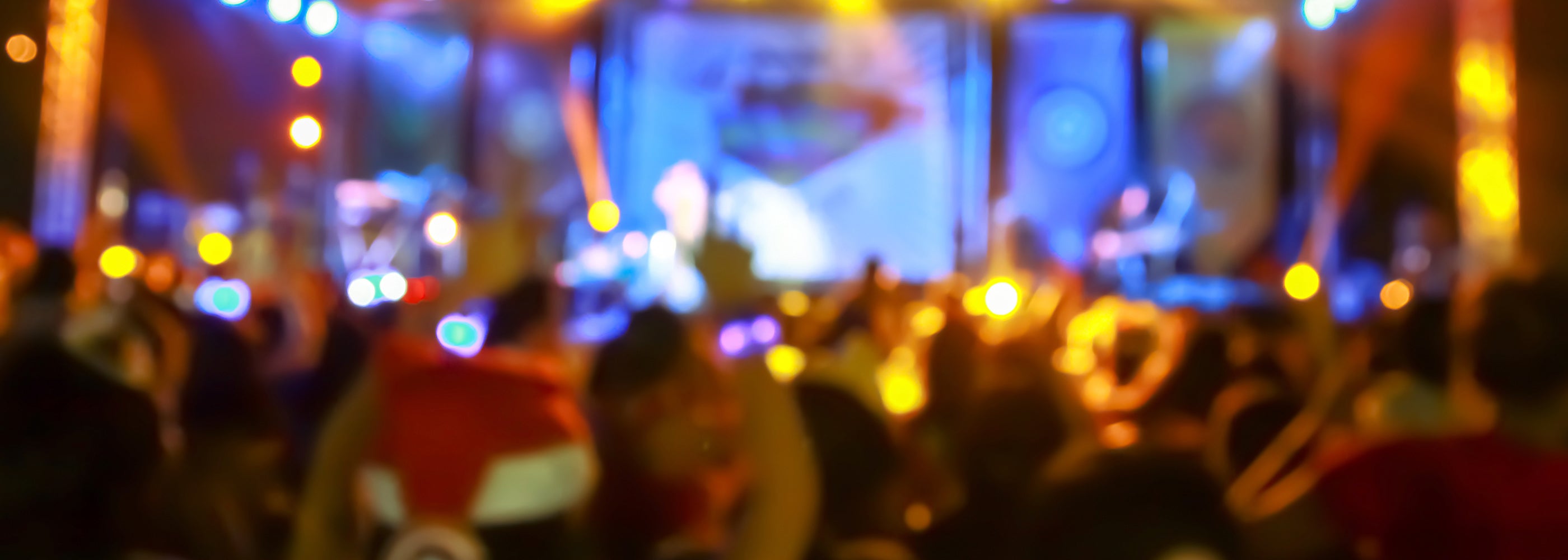Selecting the perfect stage lighting is crucial for creating the desired ambiance and ensuring the success of any performance, whether it’s in a theater, a concert hall, or an outdoor stage. The right lighting not only illuminates the performers but also enhances the overall experience for the audience. In this comprehensive guide, we'll explore how to choose the best stage lighting for different types of venues.
Understanding the Basics of Stage Lighting
Before diving into venue-specific lighting, it's important to grasp the basics. Stage lighting typically encompasses four main types:
- Floodlights: Provide general lighting across the stage.
- Spotlights: Focus on a specific area or person, creating a focal point.
- Beam lights: Offer intense, narrow beams of light, often used for dramatic effects.
- Wash lights: Deliver a soft light to blend and smooth out the harshness of other light sources.
Each type plays a unique role in setting the stage's mood and tone, and understanding their functions is key to effective lighting design.
Theaters
In a theater, lighting serves to tell a story. It's about creating environments, directing the audience's focus, and enhancing the emotional impact of the performance.
- Mood and Atmosphere: Soft wash lights can create a background ambiance, while spotlights can highlight actors or important props.
- Directional Lighting: Use spotlights and beam lights for dramatic effects, like simulating sunlight or focusing on a solo performer.
- Versatility: A combination of LEDs and traditional halogen lamps can offer flexibility in color and intensity.
Concert Halls
Concerts thrive on high energy and engagement. The lighting here is more dynamic, often syncing with the music's rhythm.
- Moving Lights: Intelligent lighting systems that can change direction, color, and patterns are ideal for concerts.
- Strobe Effects and Color Blasts: These create a vibrant, energetic atmosphere, matching the concert's high tempo.
- Follow Spots: Essential for highlighting performers, especially during solos or key moments.
Outdoor Stages
Outdoor lighting presents unique challenges due to natural light and weather conditions.
- Weatherproof Fixtures: Ensure that all equipment is suitable for outdoor use.
- Brighter Lights: Due to natural light, especially if the event is during the day, you'll need brighter lights to ensure visibility.
- Strategic Placement: Position lights to minimize glare for the audience and avoid washing out the performers.
Best Practices for All Venues
Regardless of the venue, there are universal best practices to follow:
- Safety First: Ensure all fixtures are securely mounted and electrical setups comply with safety standards.
- Energy Efficiency: Consider LED options for lower power consumption and longer life spans.
- Regular Maintenance: Keep equipment in top condition to prevent malfunctions during performances.
- Professional Consultation: Especially for complex setups, consulting with a lighting designer can be invaluable.
Conclusion
Selecting the right stage lighting is a blend of art and science. It requires understanding the unique needs of each venue and the event it hosts. By considering the type of performance, audience expectations, and technical constraints, you can create a lighting design that elevates the experience for everyone involved.
Remember, lighting is not just about visibility; it's a powerful tool to set the tone, create mood, and tell a story. Whether you're illuminating a dramatic play in a cozy theater, a lively concert in a grand hall, or an open-air festival stage, the right lighting can make all the difference in bringing your performance to life.




Leave a comment
This site is protected by reCAPTCHA and the Google Privacy Policy and Terms of Service apply.